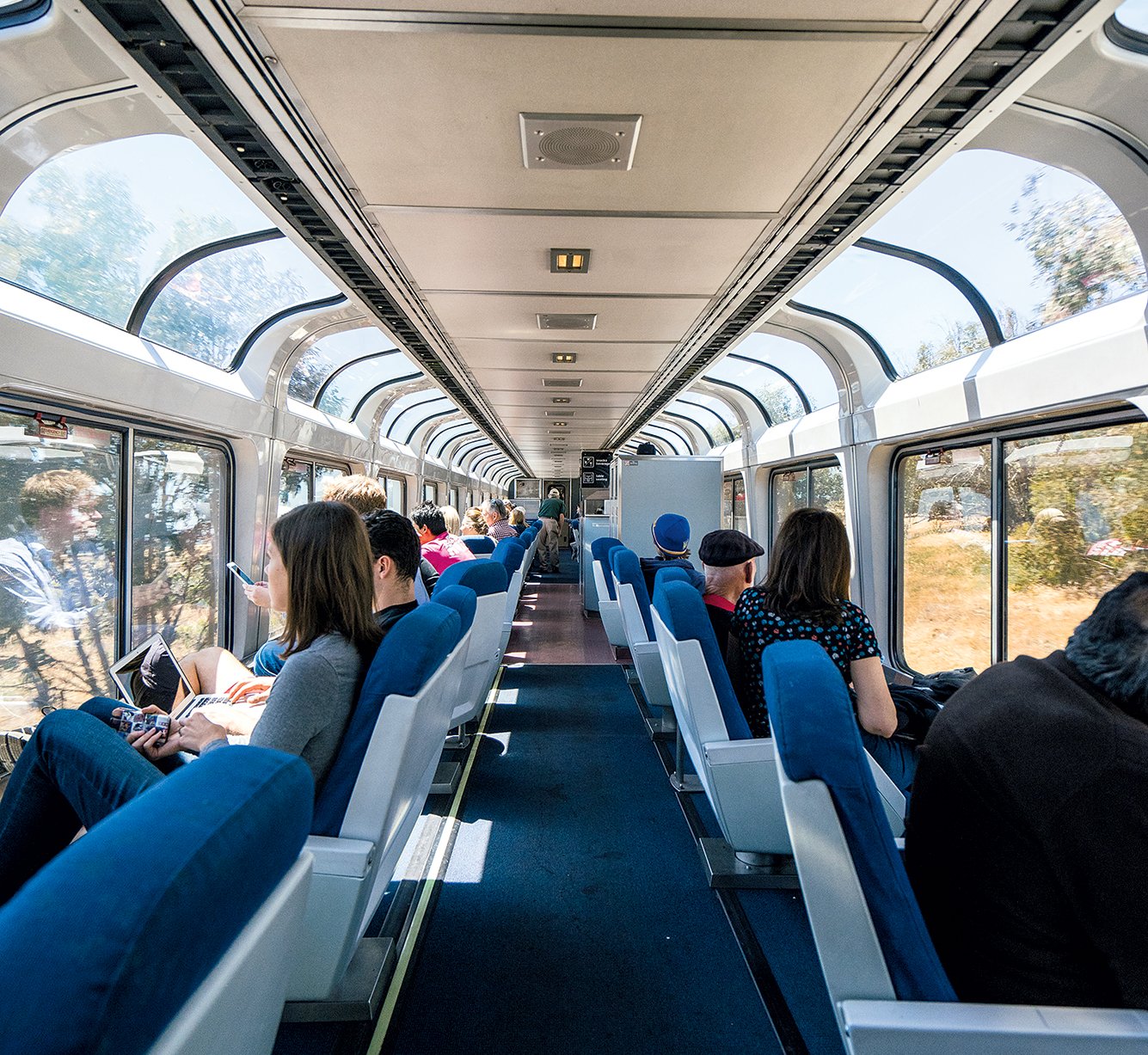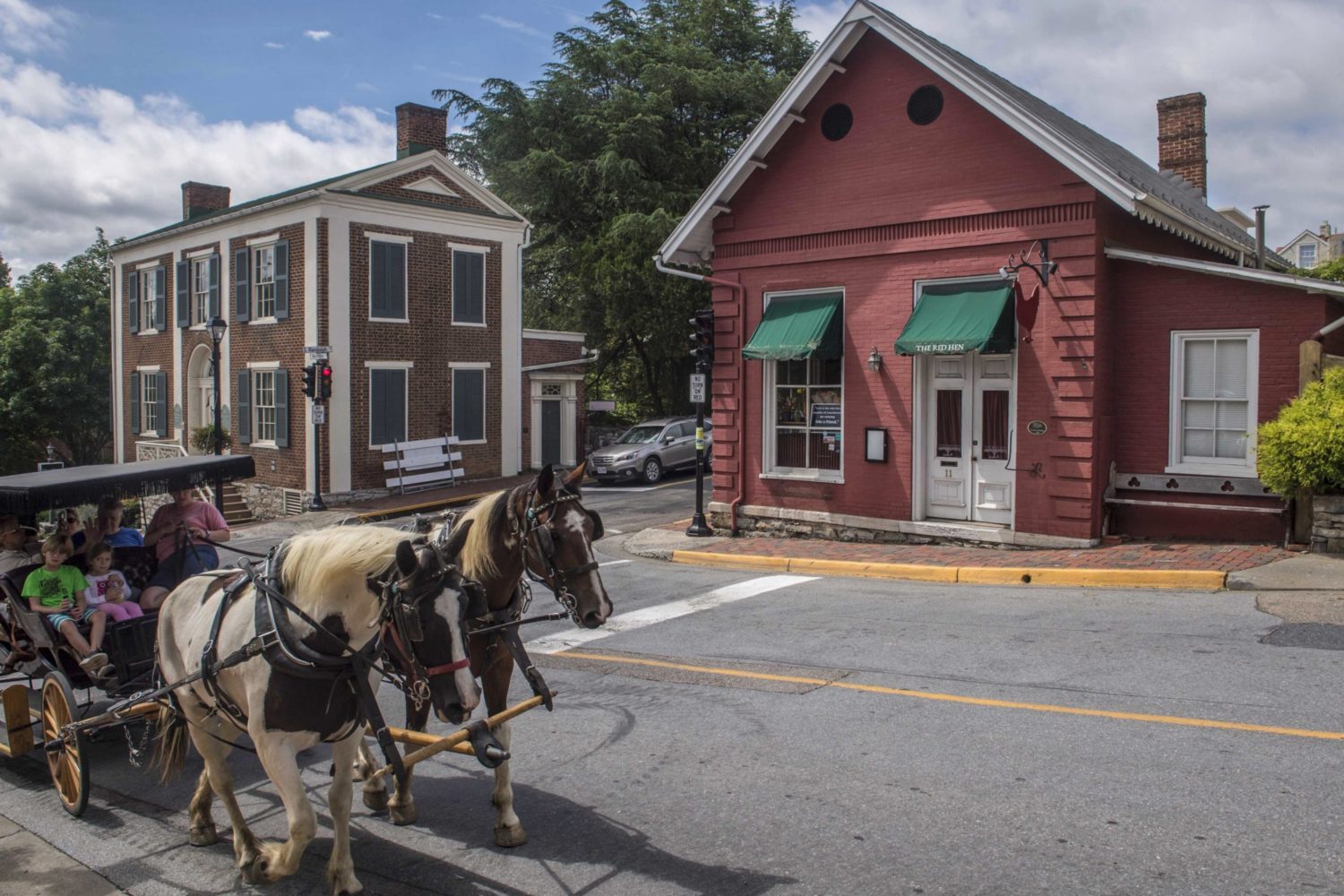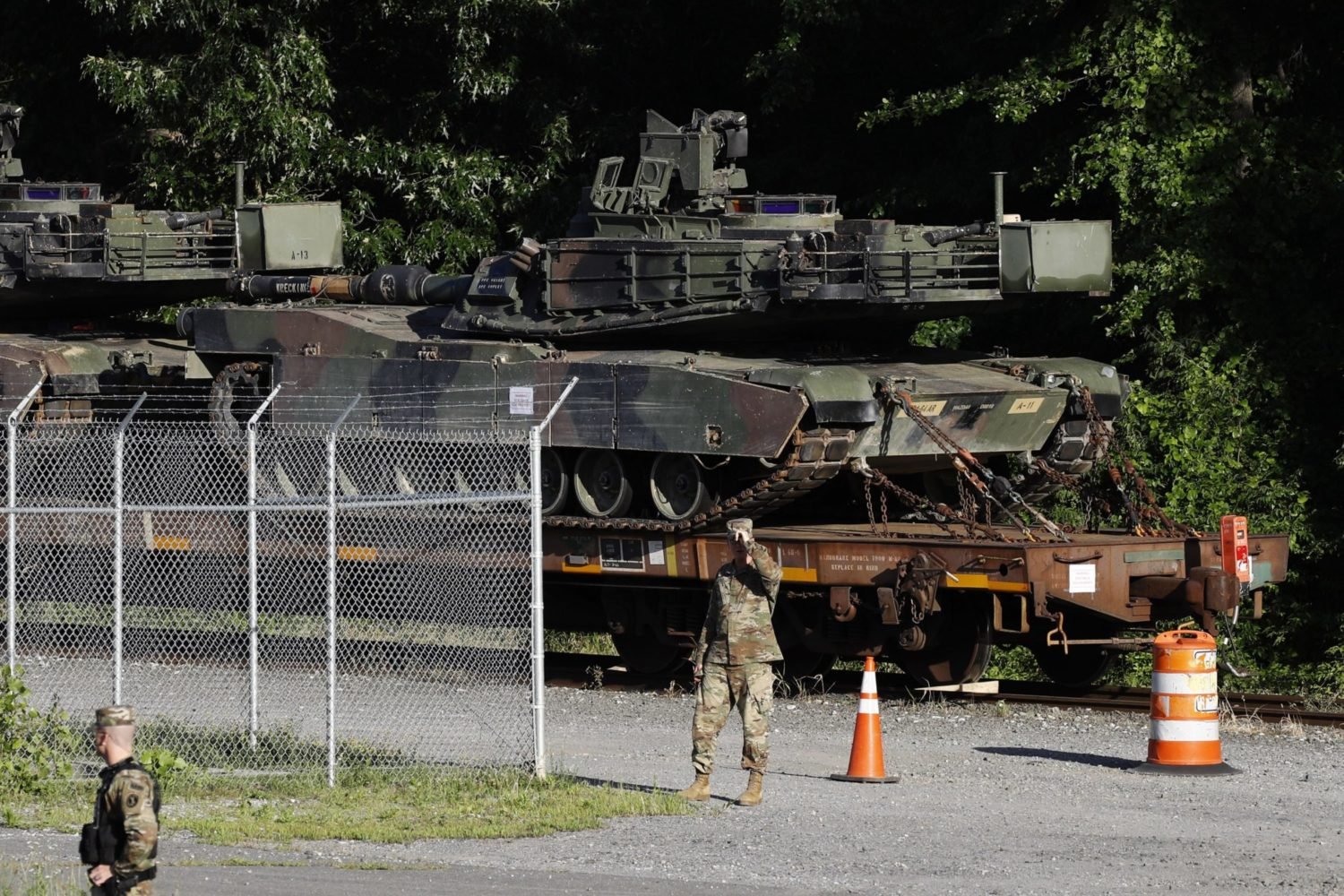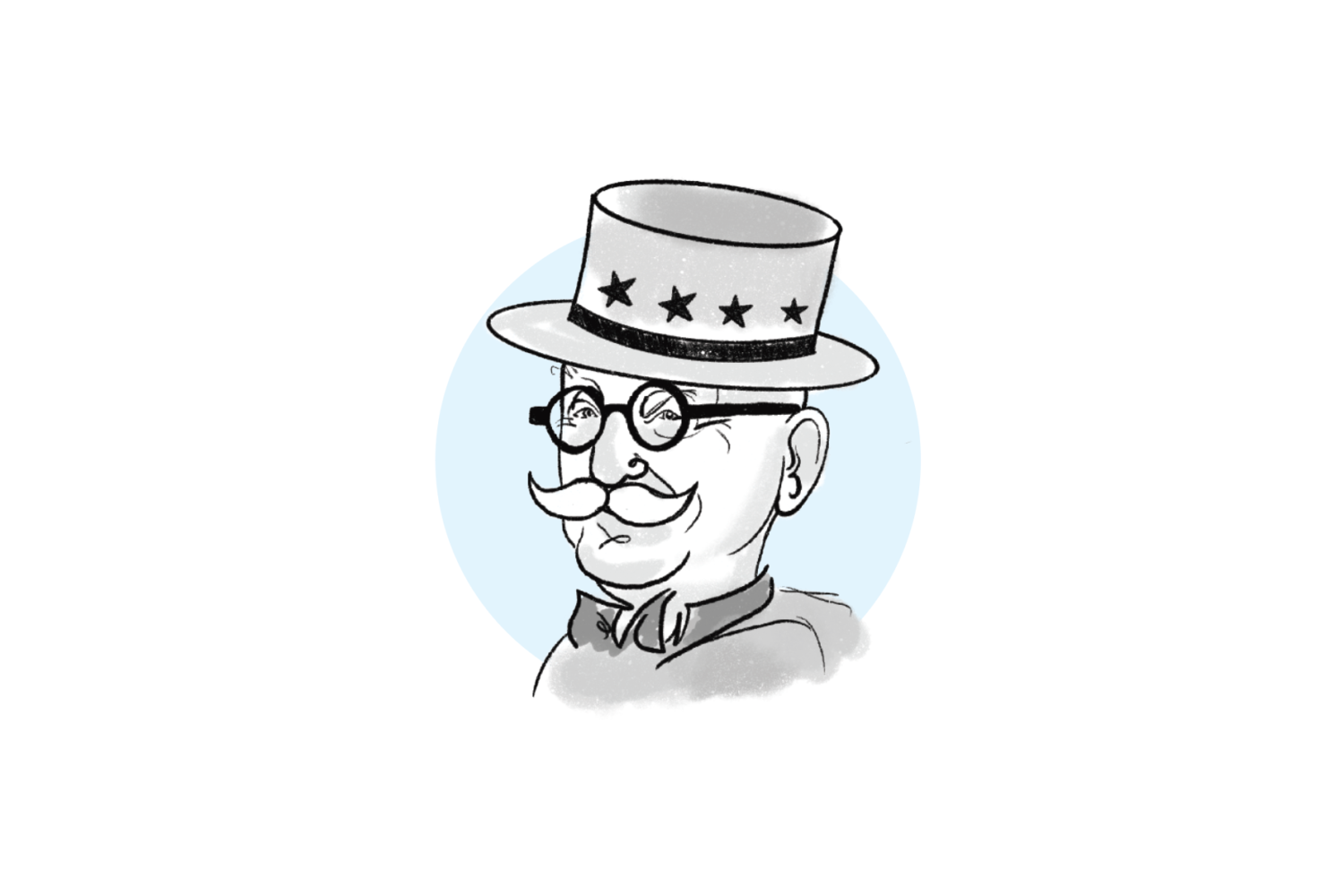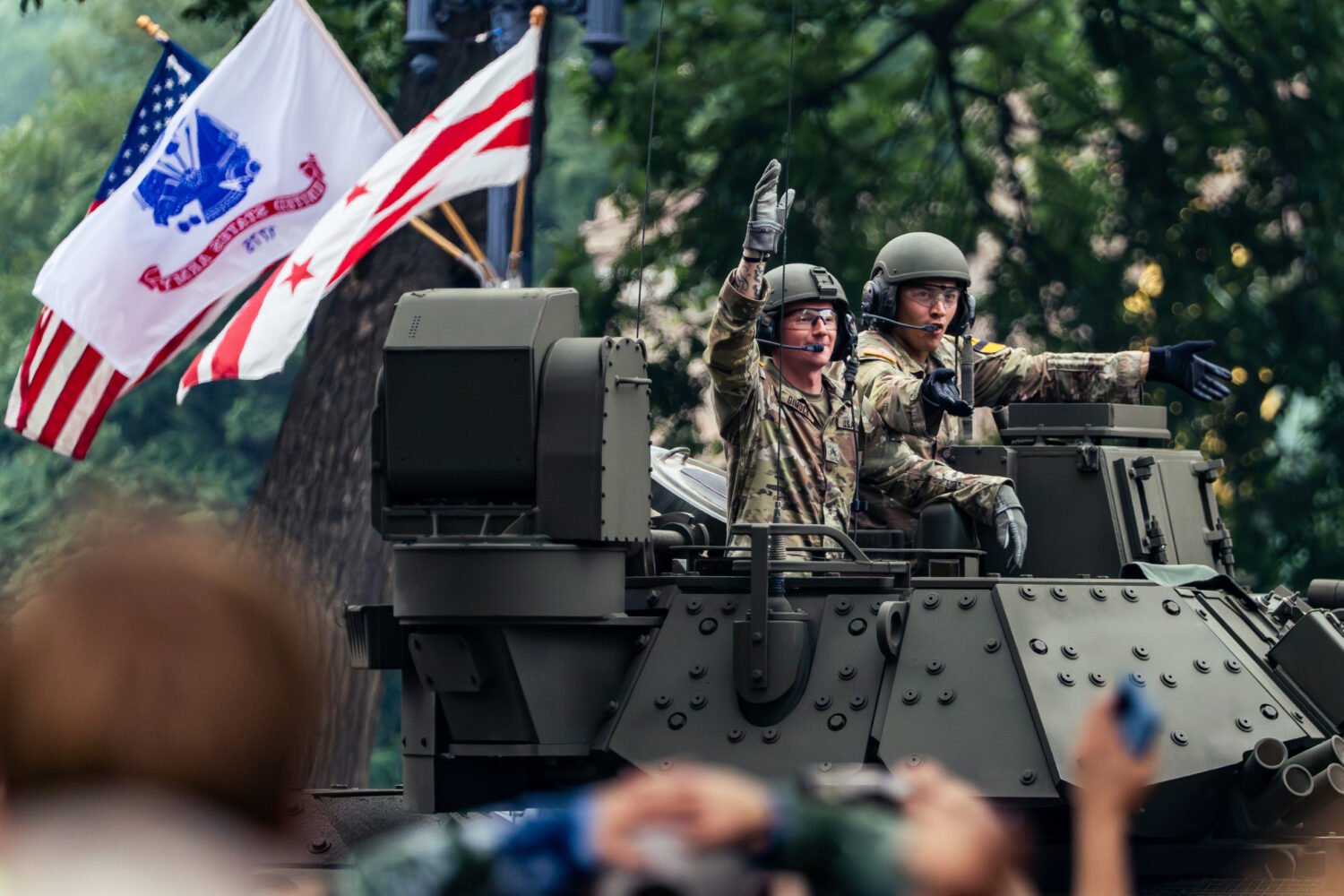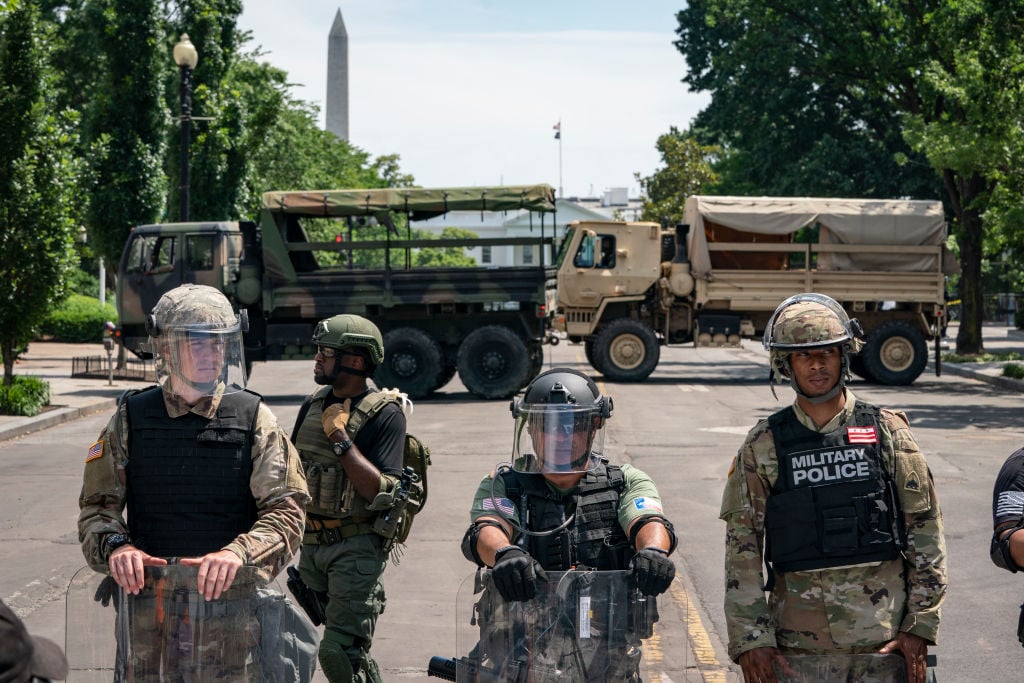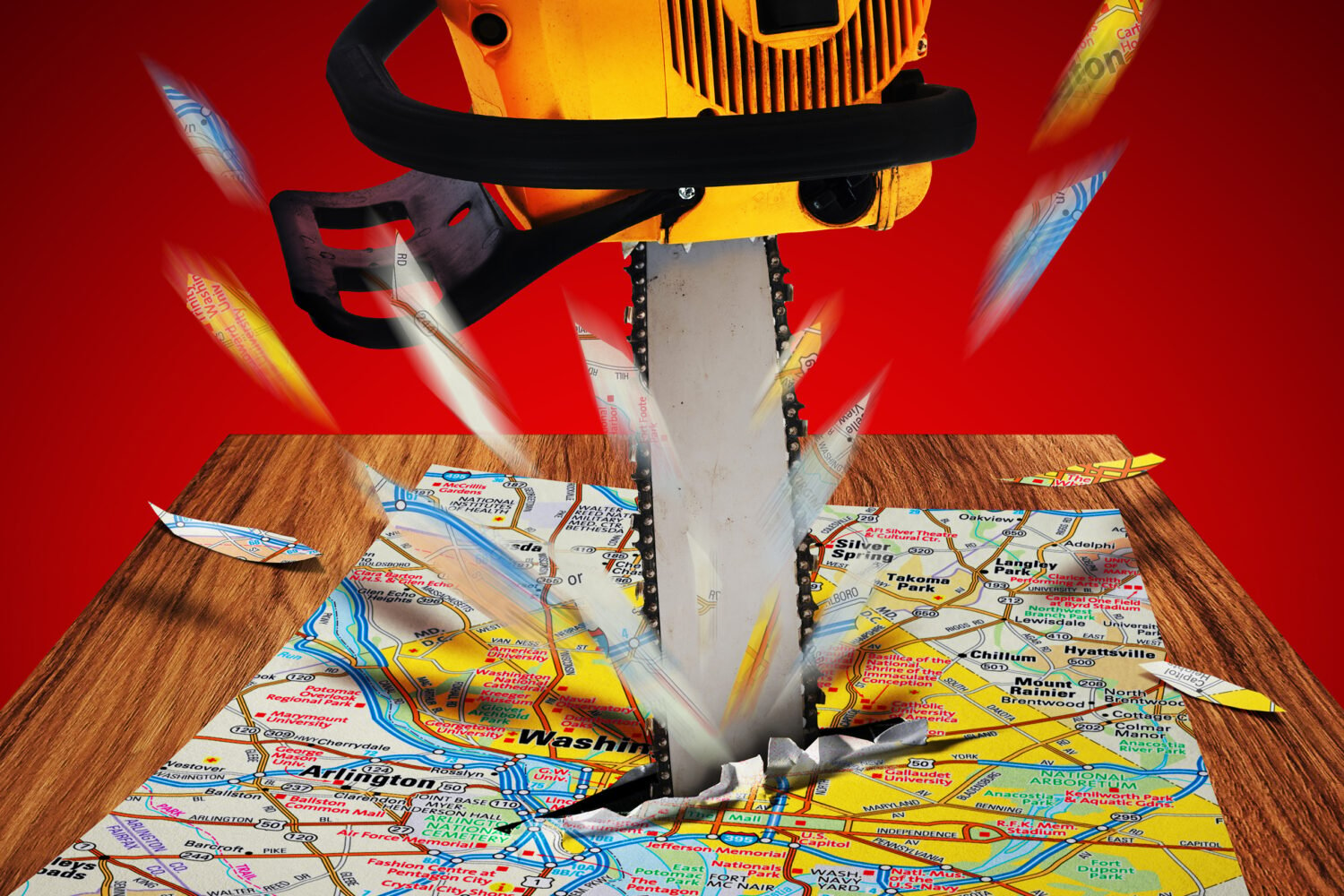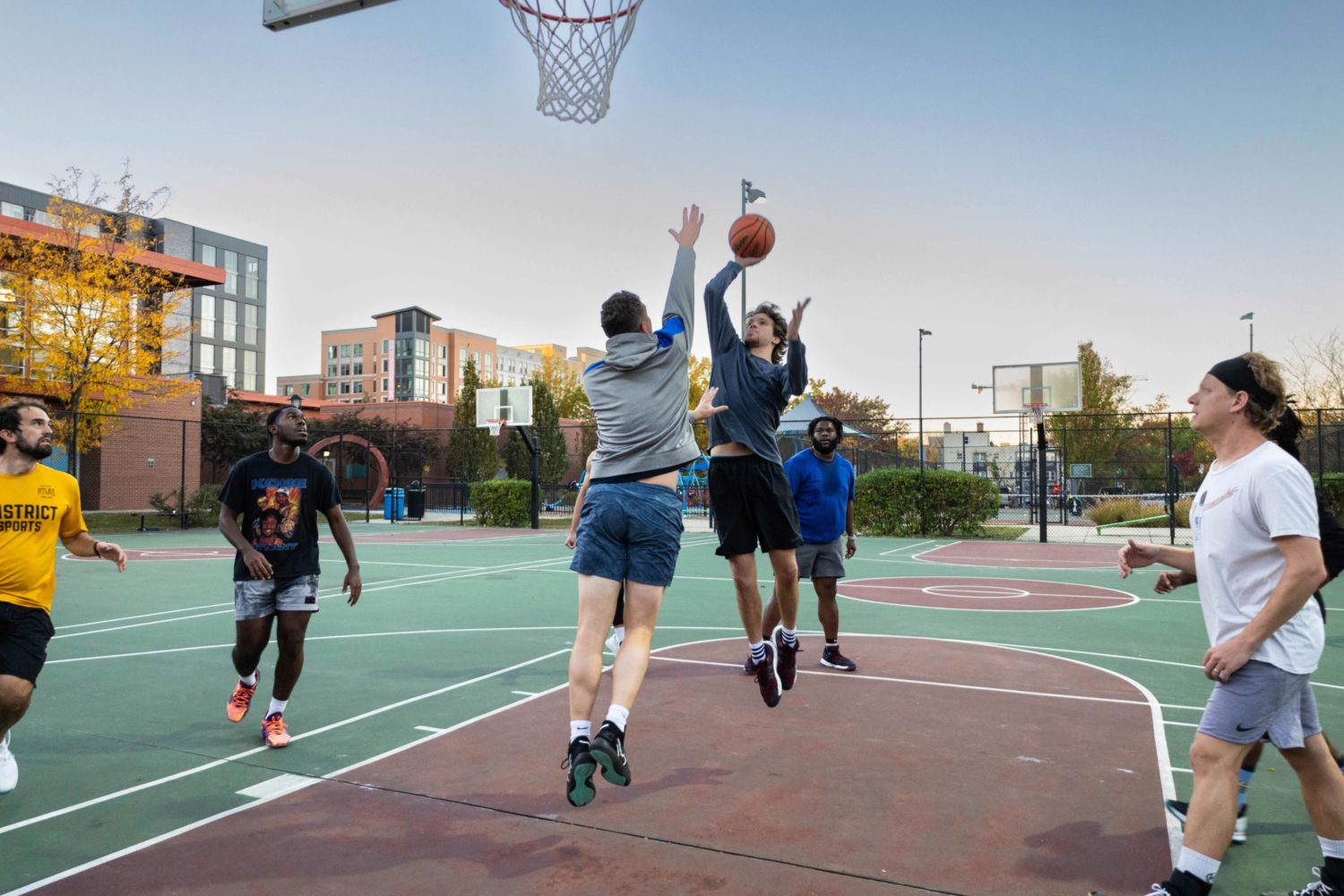To read more from the the train travel guide, click here.
For the last couple of decades, I’ve spent much of my vacation time riding Amtrak’s long-distance lines across America. The polite term for me is “railfan”—someone who loves to ride trains. An extreme railfan is known as a “foamer”—someone who lives to ride trains. I’ve met plenty of such people over the years.
Foamers know schedules by heart and can tell you not only what kind of engine is hauling the train but the name of the conductor. Amtrak devotees fit several other archetypes as well. The practical riders live in small towns far from major airports and wait on platforms in the dead of night, pillows in hand, to board a train that will keep them connected to the rest of the world. The scared-of-flying bunch is a special breed—on one of my trips, actor Billy Bob Thornton, who placed himself within those ranks, was a fellow passenger. The I-just-hate-flying set also has many members, with a shared disdain for the misery that represents so much of today’s air travel. I’ve met loads of retirees, young parents toting kids who have been raised on Thomas the Tank Engine, and scores of Amish and Mennonite families who see trains as an appropriately antiquated mode of transport.
Certain aspects of train travel are antiquated, to be sure, but I wouldn’t trade it for anything. When I tell people I’m a railfan, they inevitably say: “So you travel in Europe? Or the one across Canada?” When I reply, “Nope, mostly right here in the USA,” I get a look of genuine surprise. I’ve been on trains for days at a time and can honestly say I’ve never been bored. How could I be? The scenery, especially in the West, where I live, is stunning. I’ll be reading a book only to look up and glimpse a pack of wild horses as they trot along a butte in New Mexico. On my last trip, my husband yelled out: “Boar!” as we crossed Louisiana, the animal’s hind end ducking into a thicket of trees. The country rolls by, the days roll by, and I’ve never felt more tied to the land. Some people say they don’t start their vacation until they reach their destination; I start mine the minute I step onto the train.
I grew up on the West Coast, and my family traveled—a lot. But trains hardly factored into our itineraries. The only ride that left an impression was an overnight trip between London and Edinburgh in which I spent as much time as possible I-spying forlorn castles among the green hills.
In the fall of 1992, I was newly graduated from college, single, and hankering for an escapade. Amtrak was offering a special that allowed travelers to hop on and off a train—the equivalent of a Eurail Pass—something it doesn’t normally do. I bought a ticket to circumnavigate the country and headed out of LA on the Southwest Chief, bound for Chicago. I made new friends in the snack car before we were even out of California; a group of us set off together to visit the Sears Tower when we reached my first destination.
I fell easily into the rhythms of the train. Coach was cramped and stuffy—I’ve since permanently upgraded to sleepers—so I spent most of my hours in the observation car, with its domed windows and easy access to the bar downstairs. I’d never seen the country from this vantage point. The train at times parallels major highways, but just as often it ventures where cars don’t: across barren stretches of desert, deep into canyons, along swampy riverbanks. From Chicago, I looped up through Albany and then down the Hudson, with its trees exploding in a riot of autumnal colors uncommon, to say the least, in LA. I met an elderly Jewish woman on that leg who was primping to unite with a former flame waiting for her at Penn Station. Once we arrived, I stood with her until he showed up—a tall and elegant older black man with a thin mustache and a fedora, holding a spray of colorful flowers. I was delighted (and so was she).
From there, I stopped in DC for a few hours to see the AIDS Memorial Quilt, which was being displayed on the Mall, then headed south to New Orleans to visit my brother. The East Coast train was smaller than its western counterpart, the terrain not as varied, and the depth of poverty I saw in Alabama and Mississippi has always remained with me. From NOLA, I spent a day traversing Texas to call on my aunt in El Paso and buy some cowboy boots before making my way home.
The trip was transformative. Not only did I see America with new eyes, but I heard America, too—in the dining car, in the lounge car, while hanging out at stations both magnificent and dilapidated. It only whetted my appetite to see even more of the country through this revelatory lens.
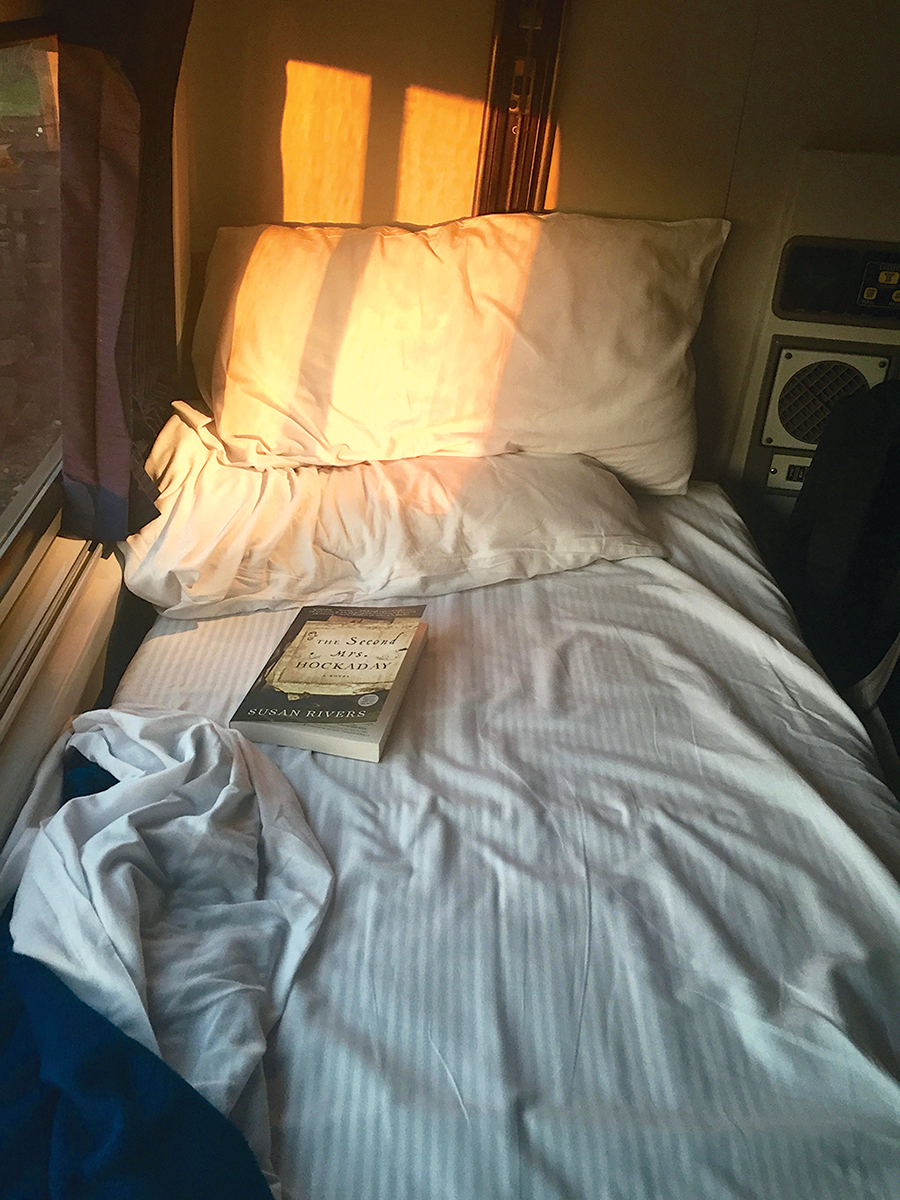
The next year, I met the man who would become my husband, and I worked quickly to get him onboard, so to speak, with the program. His sole experience with Amtrak was typical of his East Coast upbringing: dull commuter trains that ran from Boston to Washington. They were nothing special, he said, unlike the trains on which he’d traveled through Europe during his year abroad.
I soon disavowed him of this notion. I planned a weekend getaway to New Mexico on the Southwest Chief. I had architecture on my side: Union Station in downtown LA is one of the grandest in the country, a glorious Mission Revival–meets–Streamline Moderne affair that was the last great station built in America. Before boarding, we had drinks at the bar, then walked hand in hand to our platform. We found our car and met our attendant, who pointed us to a sleeping berth upstairs. Wait—upstairs? My future husband didn’t know that Amtrak ran double-decker passenger trains in the US. That’s because double-deckers don’t run on Northeast tracks—they’re too tall for some stations, tunnels, and the overhead wire system that powers the trains. But in the wide-open Wild West, you can relish drop-dead views of the passing vistas from a higher perch. We did the slow pull out of the station before the train picked up speed and began softly purring across the desert’s dark night. The next morning, waking up amid the red rocks of Arizona, my guy was hooked.
Thus began our mutual love affair with train travel. We decided it would be our family’s main mode of transport. We’ve raised our nephew Chase and son, Isaac, on the rails. A spring break spent from Montreal to Miami (the Adirondack line to the Silver Service). Summer break from New York to Seattle (the Acela to DC, then the Capitol Limited to the Empire Builder). Winter break from Los Angeles to New Orleans (the Sunset Limited). Up and down the Pacific more times than I can count on the Coast Starlight, where we’ve watched dolphins frolic in the water while we eat pancakes for breakfast. Across the Sierras and the Rockies on the California Zephyr, where rafters mooned us along the Colorado River. When 2015 turned to 2016, we were somewhere in South Carolina on the Crescent, popping a bottle of Champagne that the attendant had secured for us when we’d stopped in Atlanta, toasting the new year with our neighbors one sleeping car over.
We read, we hang out, we play back-gammon and listen to music, we talk to strangers. (I was the only person in my office to have predicted Donald Trump’s win, and I credit what I’ve gleaned in conversation and out my window on Amtrak for that foresight.) Our family goal, if there is one, is to be together and see America. My boys, thankfully, love it. We choose rail lines we haven’t tried before to explore cities and states we probably would never visit otherwise. We have only a couple of lines to go before we’ve done them all. (To wit, 14-year-old Isaac has been to 48 states.) There are also the trips I take because certain landscapes, even on repeat, can still render me breathless. (See: the Coast Starlight and California Zephyr.) With the budget cuts in Washington, I also worry that these lines could disappear one day, and I want to enjoy them while I can.
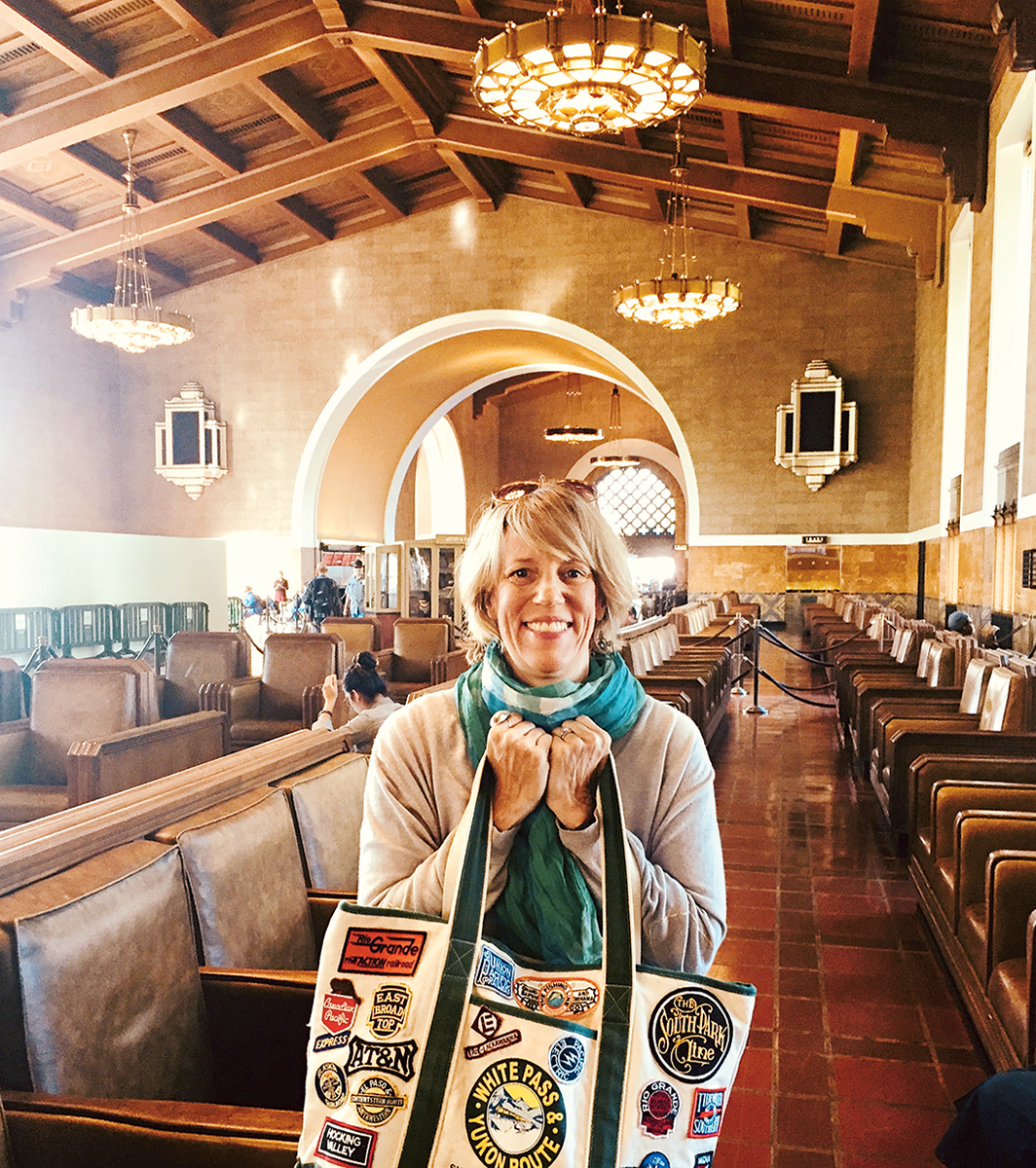
While I’ve had many magical moments on the train, I don’t mean to over-romanticize the experience. There are downsides, and you’ve got to roll with them. Amtrak is a government-run agency, so I liken it to the post office: Sometimes you encounter employees who love their job; other times, not so much. Continual cuts have eaten away at small details (plastic dishes replacing china, say), and many of the long-distance trains haven’t had an aesthetic overhaul since that first trip I took in 1992. The upholstery, the carpet, the blankets—everything is less than it once was.
There are delays, too. It’s rare for a train to arrive anywhere on time, so if that’s an issue for you, you’re probably not cut out for this means of travel. Passenger trains constantly pull over to give right of way to the freight lines with which they share tracks, which always ticks me off. On two occasions, I’ve been on a train that has hit and killed someone. (Remember, I’ve taken lots of trips—this isn’t the norm.) One was a 35-year-old man in California’s Bay Area who may have thought his tow truck could outrun an Amtrak at a crossing. The other was a middle-aged man on the day after Christmas near Seattle. After the latter happened, passengers convened in the lounge car, and one pulled out a violin to play melancholy tunes.
As for what’s served in the dining car, think of it as dorm food: Things start out promisingly and will likely decline as the novelty wears off. For the first dinner on a long-distance ride—the 45-hour trip between LA and New Orleans, for example, that I took this spring—the meal hit its mark: The chicken was juicy and the steak keenly charred, the vegetables julienned and crisp, the pecan pie sweet and satisfying. As the hours and days pass, however, the choices lessen (“Nope, we’re out of it”), the desserts come out of the kitchen ice cold, and by your final meal, you get the feeling the staff wants to wrap this trip up already and get home.
Also: It’s not cheap, which I know irks some people. Amtrak is subsidized, it’s true, but not to the extent that rail travel is in Europe, and it’s a persistent battle to keep those lifelines open on Capitol Hill. A sleeper car for a family of four can set you back a couple thousand dollars on a long-distance trip. My solution? I use an Amtrak Guest Rewards Mastercard for just about everything and redeem points for trips—the exchange is a solid deal, and with a sleeper, all of your meals are included. I have yet to pay cash for one of our rail adventures.
Even when I run out of new Amtrak lines to explore, I’ll keep riding. (Though I admit I do want to traverse Canada one day, and I’ve got a bucket list of the world’s most famous train routes that I’ll start checking off soon.) It’s become part of who I am. That long whistle indicating the final “all aboard” puts me into a Zen state. My car, a plane (egads), a bus, a boat—I can’t possibly say the same for anything else.
This article appeared in the June 2018 issue of Washingtonian.

